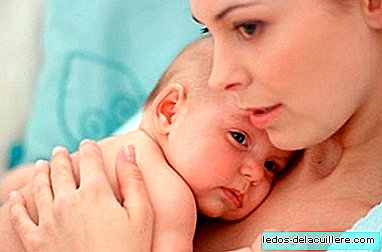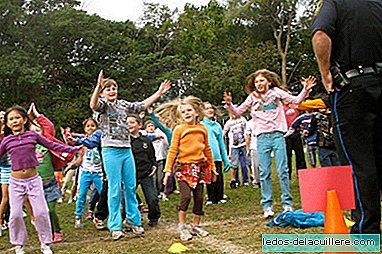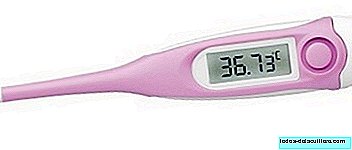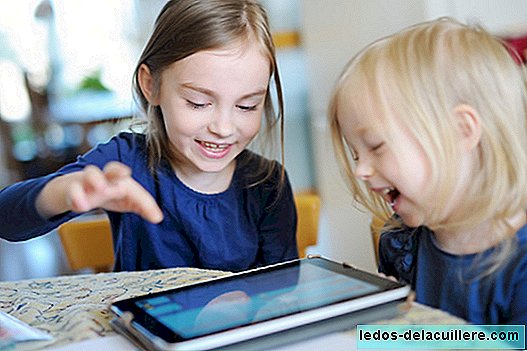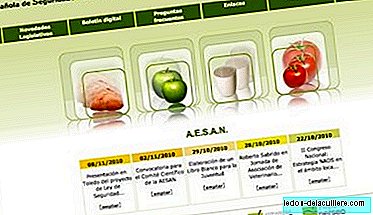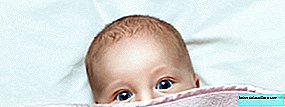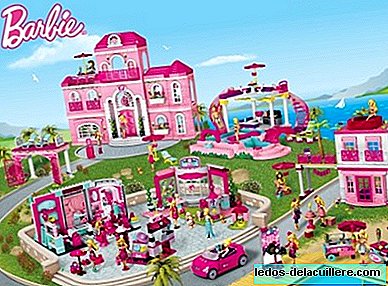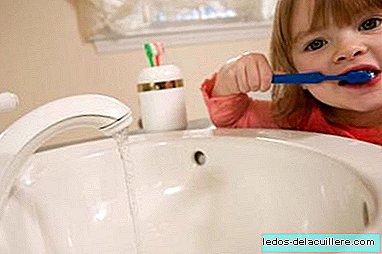
Once we see the first milk teeth appear, we must be more aware of the child's oral hygiene. Even before the teeth come out we can gently clean the baby's gums, this will cause them to get used to handling and to establish the habit early. But, How should children brush their teeth?
The first thing we have to say is that, even if they take part in brushing, in reality "the singing voice" must be taken by the parents: children should not brush their teeth alone but under our supervision and with our help, at least Until the age of seven.
Oral cleaning must be at least twice a day, preferably three (after the strongest meals: breakfast, lunch and dinner) and with special emphasis on brushing before going to sleep at night, since they spend many hours sleeping and in the mouth bacteria can proliferate and favor tooth decay.
You have to use a toothbrush specific for children, small and soft, especially when the first molars begin to come out, around 18 months. The brush should have a straight and long handle, a thick handle for the best handling by the child and soft bristles with rounded tips.
Toothpaste must also be infantile, with low fluoride content. Recall that the use of fluoridated dentifrices is the most recommended method for the prevention of tooth decay.
Between six months and two years, the European Academy of Pediatric Dentistry recommends brushing twice a day with a 500ppm fluoride toothpaste while after two years a paste with 1000 ppm can already be used. of fluoride.
Dental brushing technique for children
The brushing technique is simple for parents, to be placed so that they see the child's mouth well and that the position of his head is stable and comfortable:
It is recommended to clean the lateral dental surfaces of molars and premolars (lingual and vestibular) with circular movements.
Chewing surfaces are best cleaned with anteroposterior movements.
The incisive teeth are cleaned along its axis, without forcing the gum and without horizontal displacements, both on the outer face and inside.
The tongue should be cleaned gently at the end.
Finally, rinse a couple of times to remove food and toothpaste.
In any case, thoroughness in brushing is more important than the type of technique that we use, because the end is that there are no food left in the mouth. Therefore, we can start brushing, let them continue and finally do a "review" to finish brushing our teeth.
It is important that we explain to children the technique of brushing and the importance of good oral hygiene. When they grow up, they can be taught the use of dental floss (or gently apply it if we see that it is necessary on occasion).
About mouthwashes, as we saw recently, the Spanish Association of Pediatrics advises against its use until six years of age, since before it is difficult to ensure that children do not swallow part of the mouthwash, with the risk of fluorosis that this entails.
In conclusion, tooth brushing technique for children It does not differ much from that of adults. It is important that we help them clean their teeth and that they know a good basic oral hygiene, establishing early habits to continue with a healthier mouth for the rest of their life.


